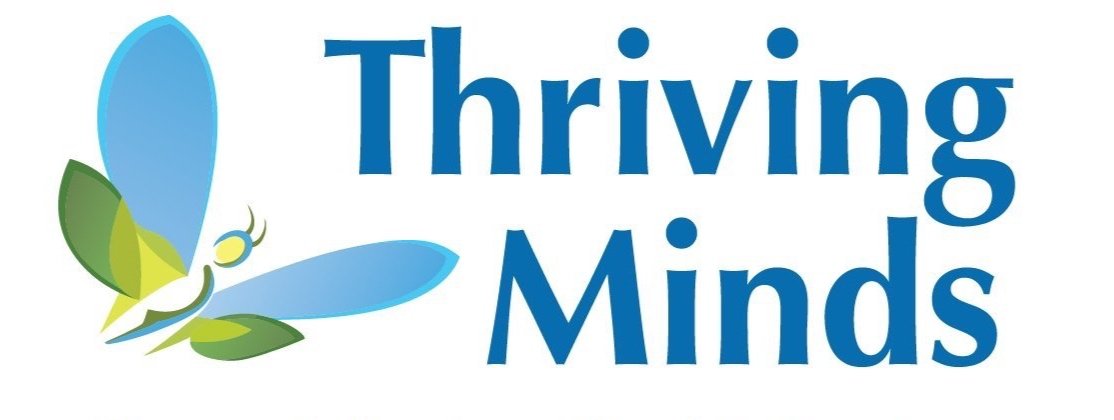Selective Mutism: Where to Focus First
When considering how to change a child’s current behavior and speaking patterns, it can be challenging to know where to start. The following article offers recommendations regarding where to begin treatment as well as important considerations as a child progresses through treatment. It should be noted, however, that while general recommendations are made, a specific treatment plan should be developed in conjunction with a mental health professional.
Typically, there are three pillars to treating selective mutism: addressing (1) people, (2) places, and (3) manner of speech. With regard to people and places, the goal is to generalize speaking. That is, increasing speech with a greater number of people and in more settings than the child is currently speaking in. The approach that can increase the number of people and places where the child speaks is fading. With regard to manner of speech, the goal is to foster more socially appropriate speech, such as moving from a whisper to louder volume. The approach that can foster greater speech is shaping. For a more in-depth look at fading and shaping, please see this previous article.
The first step is deciding which pillar to address. In most cases, treatment begins with fading in the provider so that speech is established between the child and provider. Thereafter, the provider is able to progressively fade the child into speaking in novel situations and with novel people (e.g., in the hallway as opposed to an office room behind a closed door, or with another provider in the building). However, as mentioned in last month’s article, for more severe presentations, it may be important to first target manner of speech through shaping. This is pertinent in cases where the child struggles to speak in front of the provider even after multiple attempts at fading. For example, the provider may guide the child in creating a fear ladder, which may begin with tasks that are similar to speaking but are not overtly speaking (e.g., blowing through a straw in front of the provider).
It is crucial, especially in the beginning stages of treatment, to only change one pillar at a time. That is, if a child has only completed brave practices in the therapy office with a parent and provider present, it may be too challenging to complete their next practice at a park with a stranger (since this would be a change of both the person and the place). Instead, address either (1) people, (2) places, or (3) manner of speech step-by-step. For example, the provider may work to remove the child’s parent from the office in order to establish speech with the child without their comfortable communication partner. Alternatively, fading could also be utilized to extend speech from within the office to the parking lot by the child walking and talking with the provider and parent until they are outside. This is an instance of altering the environment or “place.” Finally, shaping could be utilized to encourage the child to speak at a louder volume within the office with only the parent and provider present. In order to develop a more individualized treatment plan and take steps forward, Thriving Minds offers professional support at its Brighton, Chelsea, Livonia, and Grand Rapids locations. Additionally, Dr. Aimee Kotrba’s book, Selective Mutism: An Assessment and Intervention Guide for Therapists, Educators, and Parents: Revised and Updated Edition, is a great resource for more information on this topic.

